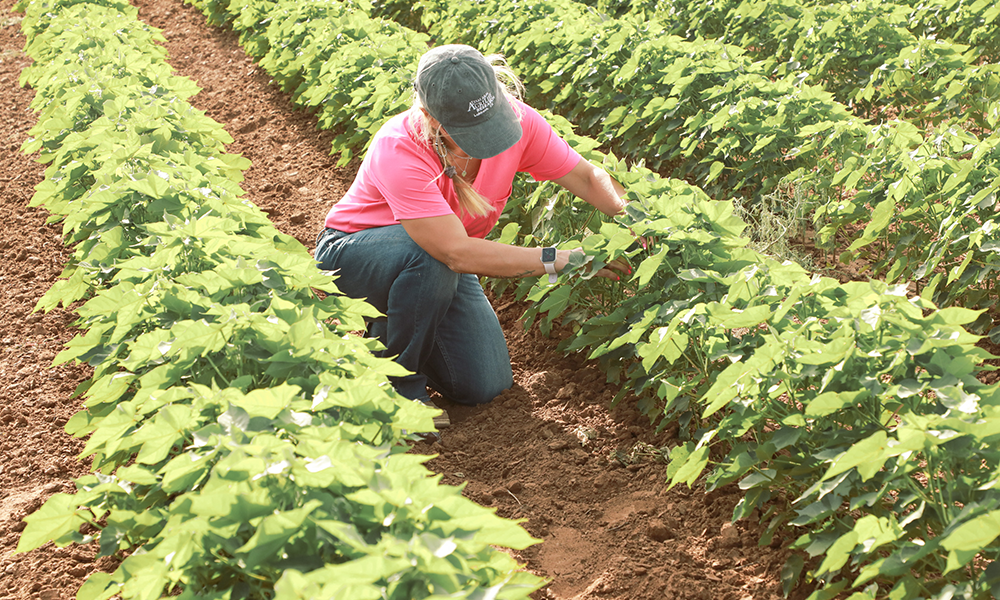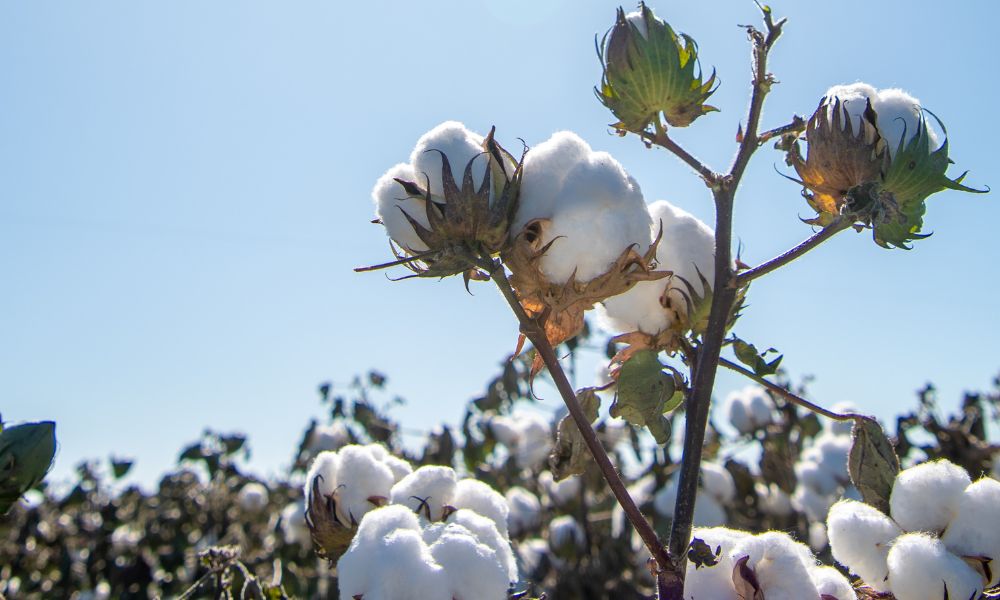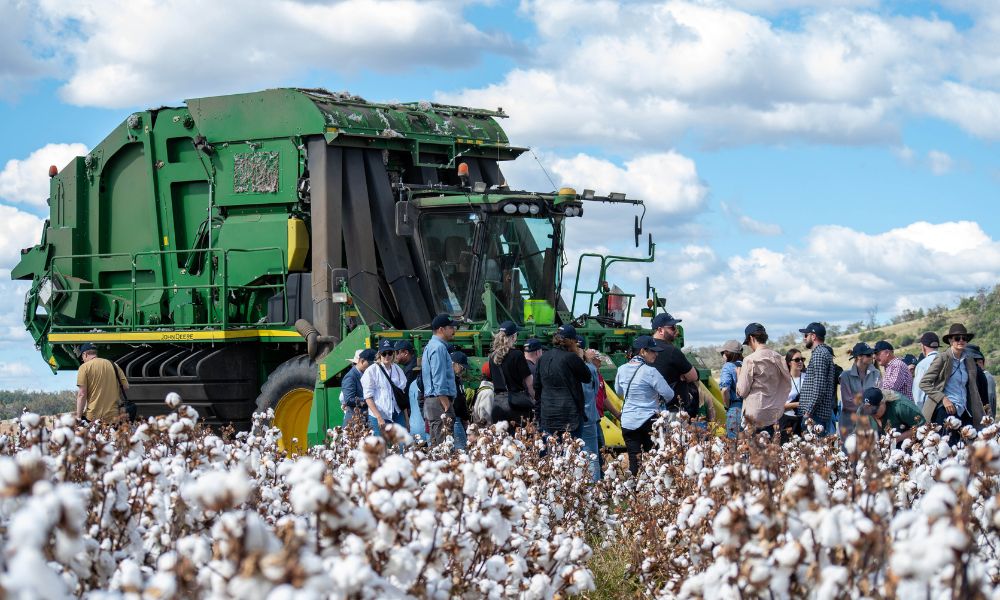The U.S. Cotton Trust Protocol Now Partnering with Growers
November 3, 2020
New Updates Expand the Protocol’s Reach Across Cotton’s Supply Chain
The U.S. Cotton Trust Protocol launched just one year ago, and in a very short time it has set ambitious goals for creating a new standard of sustainably grown cotton. The U.S. Cotton Trust Protocol aims to brings metrics to sustainable cotton farming so every member in the U.S. cotton supply chain gains transparency about their environmental impact. Recently it expanded its reach to include brands and retailers as partners, and it just announced new programs for October to bring growers on board.
- U.S. Cotton Trust Protocol Engages New Partners
In July 2020 the U.S. Cotton Trust Protocol expanded its reach to brands and retailers in the U.S. cotton supply chain. In September, the protocol broadened to include growers as well. Throughout October, the U.S. Cotton Trust Protocol hosted webinars to discuss the importance of grower participation and provide step-by-step tutorials of how to enroll. By providing growers, brands and retailers with sustainability data, the protocol helps ensure progress toward sustainability commitments across the industry.
- U.S. Cotton Trust Protocol Goals
The U.S. Cotton trust Protocol contributes to the U.N.’s sustainability goals by committing to improving U.S. cotton’s sustainability in six key areas by 2025:
- Reduce land use by 13%
- Reduce energy consumption by 15%
- Reduce water use by 18%
- Increase soil carbon by 30%
- Reduce soil loss by 50%
- Reduce greenhouse gas emissions by 39%
The protocol verifies the U.S. cotton industry’s progress to these goals using an independent third party and through two key measurement systems. The Protocol Credit System tags each kilogram of ginned cotton with a unique credit that follows it through the life of the supply chain. The Permanent Bale Identification System assigns a unique ID number to every bale of cotton to track fiber qualities. Each credit ties to the bale’s identification number, ensuring credits are issued on actual yield and enabling full transparency throughout the U.S. cotton supply chain.
Learn more about how the U.S. Cotton Trust Protocol works by visiting their website.
- The U.S. Cotton Trust Protocol and Cotton LEADSSM
The Cotton LEADS program educates more than 650 cotton supply chain partners worldwide on the methods for decreasing energy use, soil loss, water use and land use that will help drive the U.S. cotton industry to the protocol’s sustainability goals. Just a few of these methods include:
- No Tillage. By moving towards strip or no tillage, cotton growers increase total soil carbon sequestration and improve soil health. This in turn means growers can increase quality and quantity of their yield without using more land.
- Cover Crops. Planting grazing feed or other vegetation between cash crops can decrease soil loss and improves soil nutrients.
- Water Efficiency: Adopting efficient irrigation techniques and rainfall capture practices as rain events become more severe and infrequent.
Helping growers measure and improve their sustainability metrics through tools like the FieldPrint® Calculator is a key way U.S. cotton industry organizations are working to achieve the U.S. cotton industry’s sustainability goals.
The Cotton LEADS program helps to increase awareness and education of cotton sustainability practices amongst textile manufacturers, brands and retailers. For manufacturers, brands and retailers, membership in the U.S. Cotton Trust Protocol offers an additional, enhanced way to measure and verify the U.S. cotton in their supply chain. Learn more about the USCTP here and about becoming a Cotton LEADS partner here.
The work we do is possible because of collaborations with researchers like these and partnerships with people all throughout the value chain. Ready to commit to sustainably produced cotton? Become a Cotton LEADS partner today. Interested in doing even more? Contact us for ideas to get the most out of sustainable cotton and your partnership with Cotton LEADS.














Recent Comments